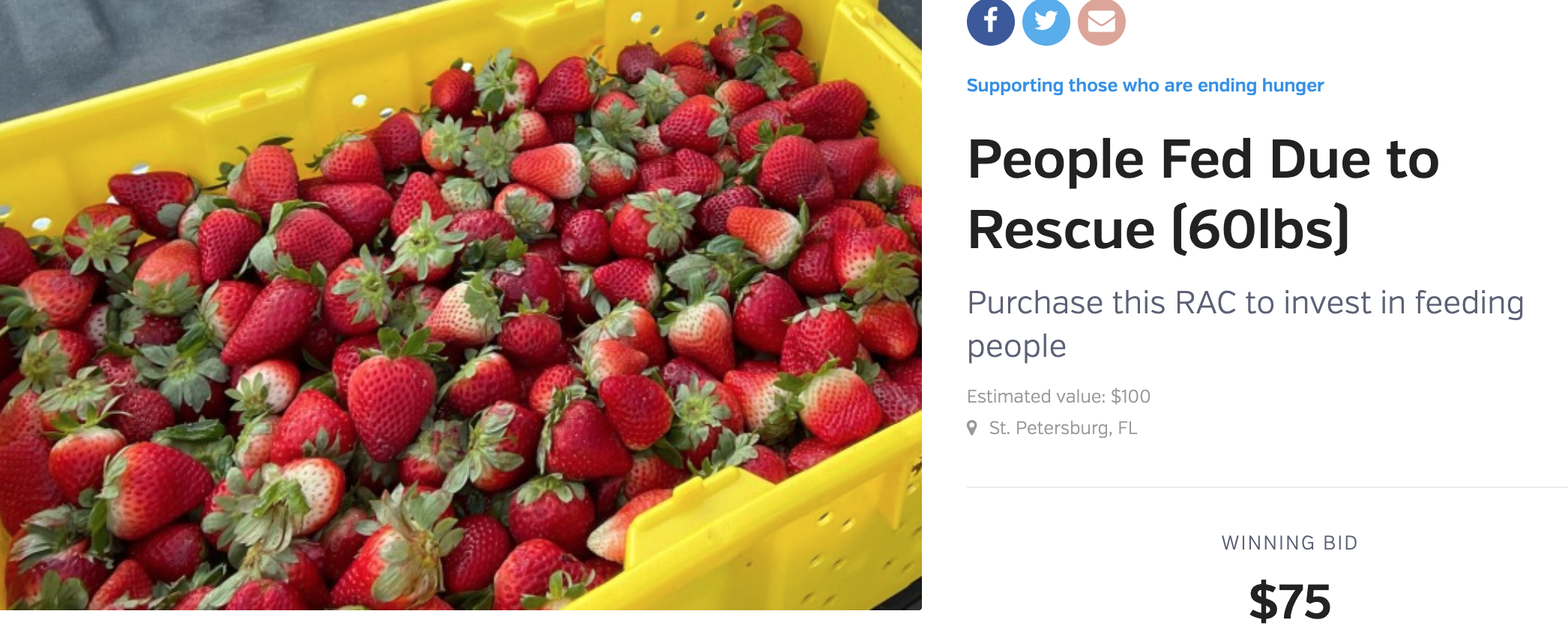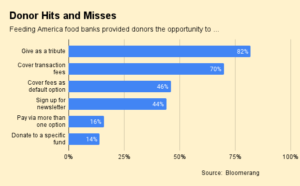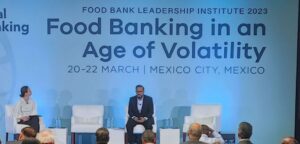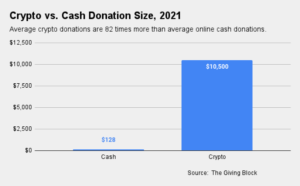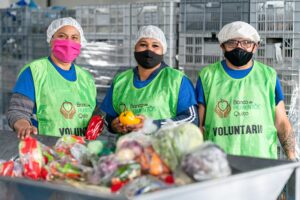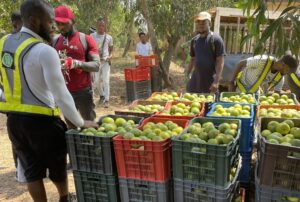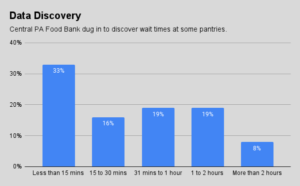A hunger relief organization in Des Moines, Iowa, is helping to pioneer a new method of fundraising developed by a tech startup.
In April, Eat Greater Des Moines held an online auction of certificates representing food rescue and hunger relief actions it had taken in the recent past. The certificates, known as Regenerative Authentication Credits, or RACs, can be purchased by donors, offering another way for individuals or organizations to support hunger relief work.
Such certificates can be appealing to donors who want reassurance that they’re funding specific hunger relief activities that have already been taken. The auction process also lets them ascribe value to those actions.
To Aubrey Alvarez, Director and Co-Founder of Eat Greater Des Moines, an online auction offers the opportunity to present her organization in a new light. “Instead of just saying, ‘Here’s what we promise to do in the future,’ the system lets us say what we’ve done and the impact that we’ve had,” she said.
Each credit in the auction represented an investment Eat Greater Des Moines took to feed people or divert food waste. For $30, for example, an individual or company could purchase a credit representing 60 pounds worth of rescued food. The credit comes with proof of the action, including documentation and photographic evidence.

ESG RACs, a San Francisco-based startup that helps companies create RACs based on Environmental, Social, and Governance values, managed the auction logistics. The partnership with Eat Greater Des Moines represents ESG RAC’s first foray into food rescue and hunger relief. Previously, it has worked with land restoration organizations.
Alvarez said Eat Greater Des Moines generated about $2,000 from the auction, which she believes is a good amount for work the organization had already done. ESG RACs estimates that there were about 46 bids.
Other than providing ESG RACs with evidence of its hunger relief work, Eat Greater Des Moines didn’t need to do much to prepare for the creation of the RACs or the subsequent auction. However, Alvarez noted that the organization recently switched to Food Rescue Hero to track its food rescues and donations digitally. Without a digital system, she said it might be more challenging for an organization to set up a RAC auction.
“Would I do it again? Absolutely,” Alvarez said.
Chris Draper, Co-Founder of ESG RACs, said the company’s role has three key components. “Basically, permanence of what you’ve done, auditability of what you claimed, and the last piece is being able to monetize or get some of the value out of the good work you’re doing.” He doesn’t see the system as a replacement for traditional donations and fundraising, but as a way for organizations to show proof of their work and potentially attract a new type of donor — people or companies interested in ESG investments.
The auction system is similar to an approach taken by a Mexican food bank earlier this year that offered a carbon credit for each ton of food it rescued. But there are some important distinctions. According to Draper, creating a carbon credit will cost at least $40,000 for the initial compliance and auditing process since the process is highly regulated. ESG RACs only charges a fee comprising a percentage of the auction revenue.
In his view, RACs are a more appropriate fundraising tool for hunger relief organizations than carbon credits. People fed does not translate well to carbon,” Draper said. “The fact that nearly every hunger relief entity, when they’re trying to come up with another ESG revenue stream, is stuck on carbon shows us the problem of the system,” Draper said. “This isn’t a carbon problem. This is a human problem — a human hunger, human need problem. And it doesn’t come down to carbon conversion.”
Because a RAC can represent any ESG action, the system offers flexibility for donors. For small individual donors who don’t have the money to purchase carbon credits, RACs can provide a small carve-out of a larger initiative. Corporations who want to invest in carbon offsets or other social good programs can purchase RACs in bulk to meet their goals.
ESG RAC’s system uses blockchain technology to provide both transparency and trust. While documentation of a hunger relief activity could include personal or identifiable information, ESG RAC’s blockchain system lets organizations share proof of actions without compromising privacy. The system makes it easy for auditing purposes as well, Draper added.
“The transparency is what we’re really excited about,” Alvarez said. “There hasn’t been much transparency in this space. There are a lot of entities and organizations that are just sitting on millions and millions of dollars while they continue to fundraise.” – Mike Peterson
Mike Peterson is a San Diego-based writer, editor, and strategist who is passionate about finding and telling stories that matter.
Like what you’re reading?
Support Food Bank News
